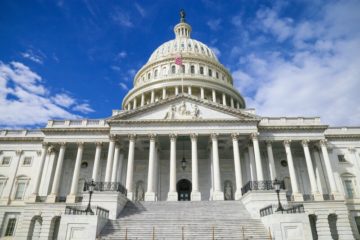Endangering our flora and fauna, one PV panel at a time – Smart Energy, June 2021
“How far are we willing to go in order to ensure the green energy transition? How many species and virgin lands are we willing to endanger in order to achieve our universal climate goals and obtain cheap and clean energy? Well, as far as the Australian government is concerned, not that much and none at all…
Sussan Ley, Environmental Minister for the Australian government, ruled the creation of a huge renewable energy hub in West Australia ‘clearly unacceptable’. The reason behind this decision is the damaging impact that the project would have on threatened migratory species and internationally recognised wetlands.
The $50bn Asian renewable energy hub would be built across an area of about 6000 square kilometres. It would entail a 26 gigawatt-capacity of hybrid solar-windfarm and would be used to power 14GW of electrolysers that convert desalinated seawater into green hydrogen. Most of the hydrogen would then be converted to green ammonia for safe export.” (Learn more)
Elion House (the “Sun”): Limitations of existing renewable electricity technologies – Solar PV panels and Wind turbines
Solar PV panels were invented in the 1800s and it has taken all this time to reach only 15-20% energy efficiency – still, we are losing up to 85% of the immense energy from the Sun striking the Earth that could power the world 1300X over. Moreover, low global capacity utilisation rates (10-24%), reflect the “true cost” intermittency as they are not producing any electricity up to 90% of the time.
Actual Capex/ Land Use = “Capacity” Capex/ Land Use divided by Capacity Factor
Low energy efficiency and intermittent power means that MEGA solar and wind farms need to be built in remote desert regions using colossal land areas. Efficiencies of such mega solar PV farms drop further due to compromised panel condition from high temperatures, soiling and damage from sand and dust storms.
The aforementioned project requires a land area over 8 times the size of Singapore or 800,000 m2 per Megawatt (MW) electricity produced (~30% global average capacity factor for combined solar/wind) despite enjoying one of the highest solar intensity levels in the world.
Few countries have vast land areas such as Australia. Oceans make up over 70% of the Earth and the total habitable land area is just a fraction of this after subtracting uninhabitable land 57% (desert, mountains). For everyone presently on this planet to enjoy the lifestyle of an average American, we would need about ten planet Earths. We have only one.
We need a breakthrough in energy – a clean and reliable source of baseload (24/7) electricity – and Elion House (est. in 2008) is at the forefront of solving this BIG PROBLEM that could change energy forever worth $7 trillion annually.
The world’s top energy agency says:
“Without a major acceleration in clean energy innovation, countries and companies around the world will be unable to fulfil their pledges to bring their carbon emissions down to net-zero in the coming decades. There is a stark disconnect today between the climate goals that governments and companies have set for themselves and the current state of affordable and reliable energy technologies that can realise these goals,”– International Energy Agency, July 2020
“When the experts are wrong, it is usually because they’re experts on an earlier version of the world.” — Y Combinator, Tech Unicorn Investor


